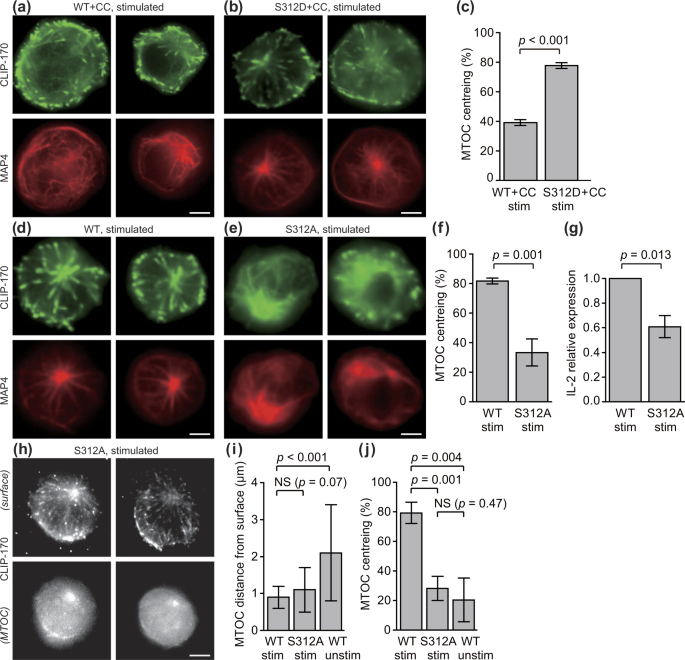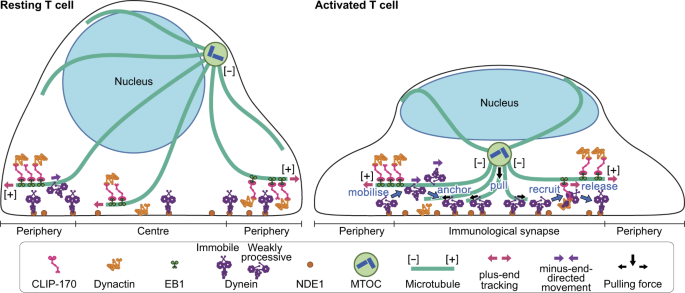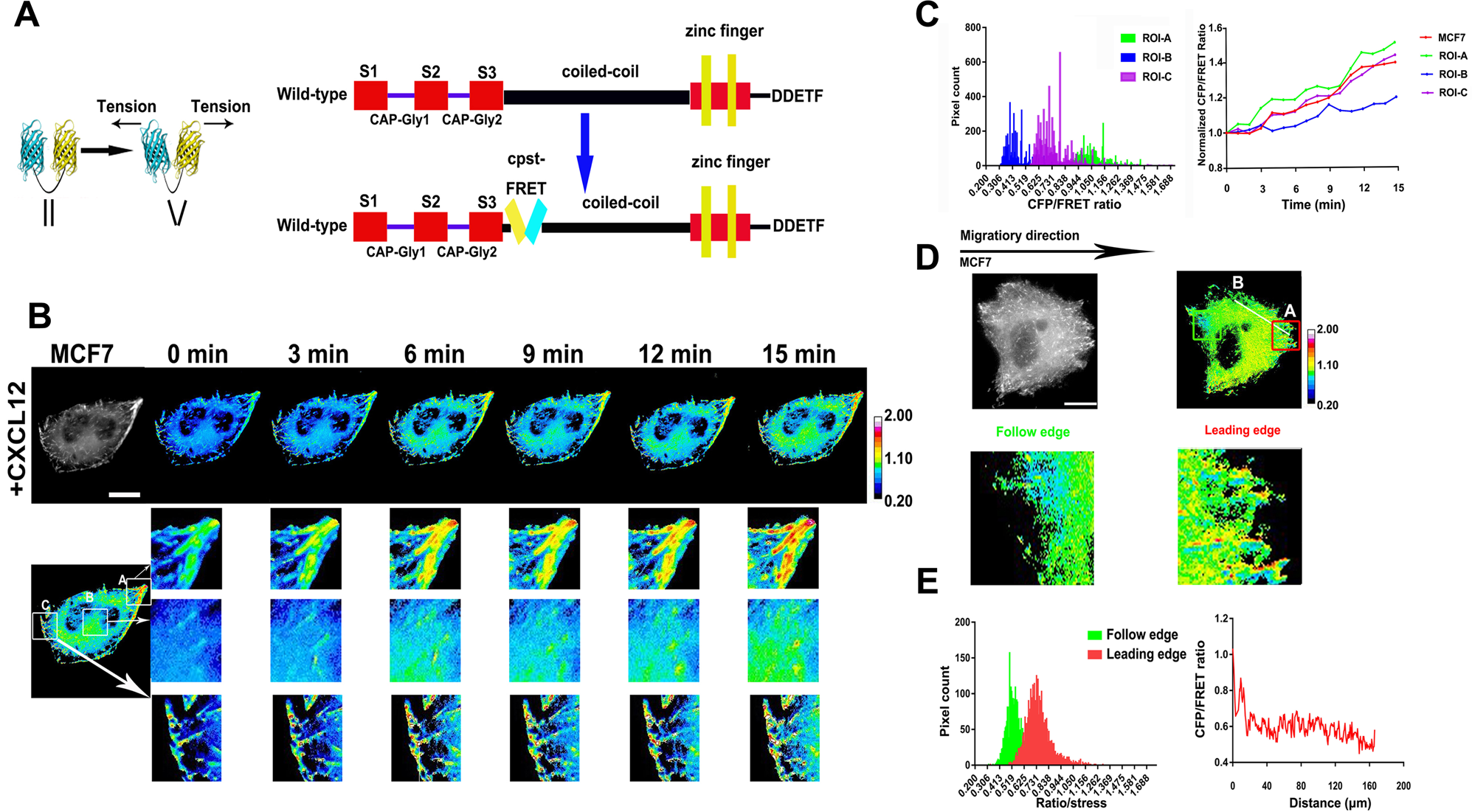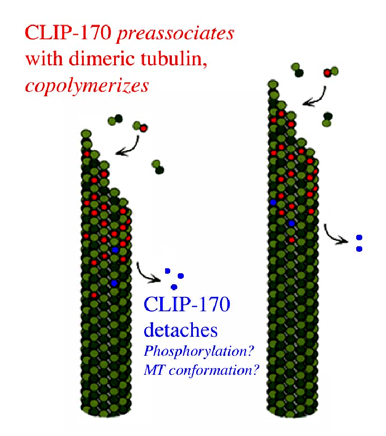Cdc2-mediated Phosphorylation of CLIP-170 Is Essential for Its Inhibition of Centrosome Reduplication*
Overexpression of the microtubule-binding protein CLIP-170 induces a +TIP network superstructure consistent with a biomolecular condensate | PLOS ONE

The microtubule plus-end-tracking protein CLIP-170 associates with the spermatid manchette and is essential for spermatogenesis

Ninein is essential for apico-basal microtubule formation and CLIP-170 facilitates its redeployment to non-centrosomal microtubule organizing centres | Open Biology

CLIP-170S is a microtubule +TIP variant that confers resistance to taxanes by impairing drug-target engagement - ScienceDirect
Domain architecture of CLIP-170 and EB1. A, domain architecture of EB1... | Download Scientific Diagram
CLIP-170S is a microtubule +TIP variant that confers resistance to taxanes by impairing drug-target engageme

Phosphorylation of CLIP‐170 by Plk1 and CK2 promotes timely formation of kinetochore–microtubule attachments | The EMBO Journal
Overexpression of the microtubule-binding protein CLIP-170 induces a +TIP network superstructure consistent with a biomolecular

α-Tubulin Tyrosination and CLIP-170 Phosphorylation Regulate the Initiation of Dynein-Driven Transport in Neurons - ScienceDirect

CLIP-170 is essential for MTOC repositioning during T cell activation by regulating dynein localisation on the cell surface | Scientific Reports

Drosophila CLIP-190 and mammalian CLIP-170 display reduced microtubule plus end association in the nervous system | Molecular Biology of the Cell

CLIP-170 is essential for MTOC repositioning during T cell activation by regulating dynein localisation on the cell surface | Scientific Reports

Ninein is essential for apico-basal microtubule formation and CLIP-170 facilitates its redeployment to non-centrosomal microtubule organizing centres | Open Biology

Microtubule binding proteins CLIP-170, EB1, and p150Glued form distinct plus-end complexes - ScienceDirect

Conformational changes in CLIP-170 regulate its binding to microtubules and dynactin localization. - Abstract - Europe PMC

Phosphorylation of CLIP‐170 by Plk1 and CK2 promotes timely formation of kinetochore–microtubule attachments | The EMBO Journal









